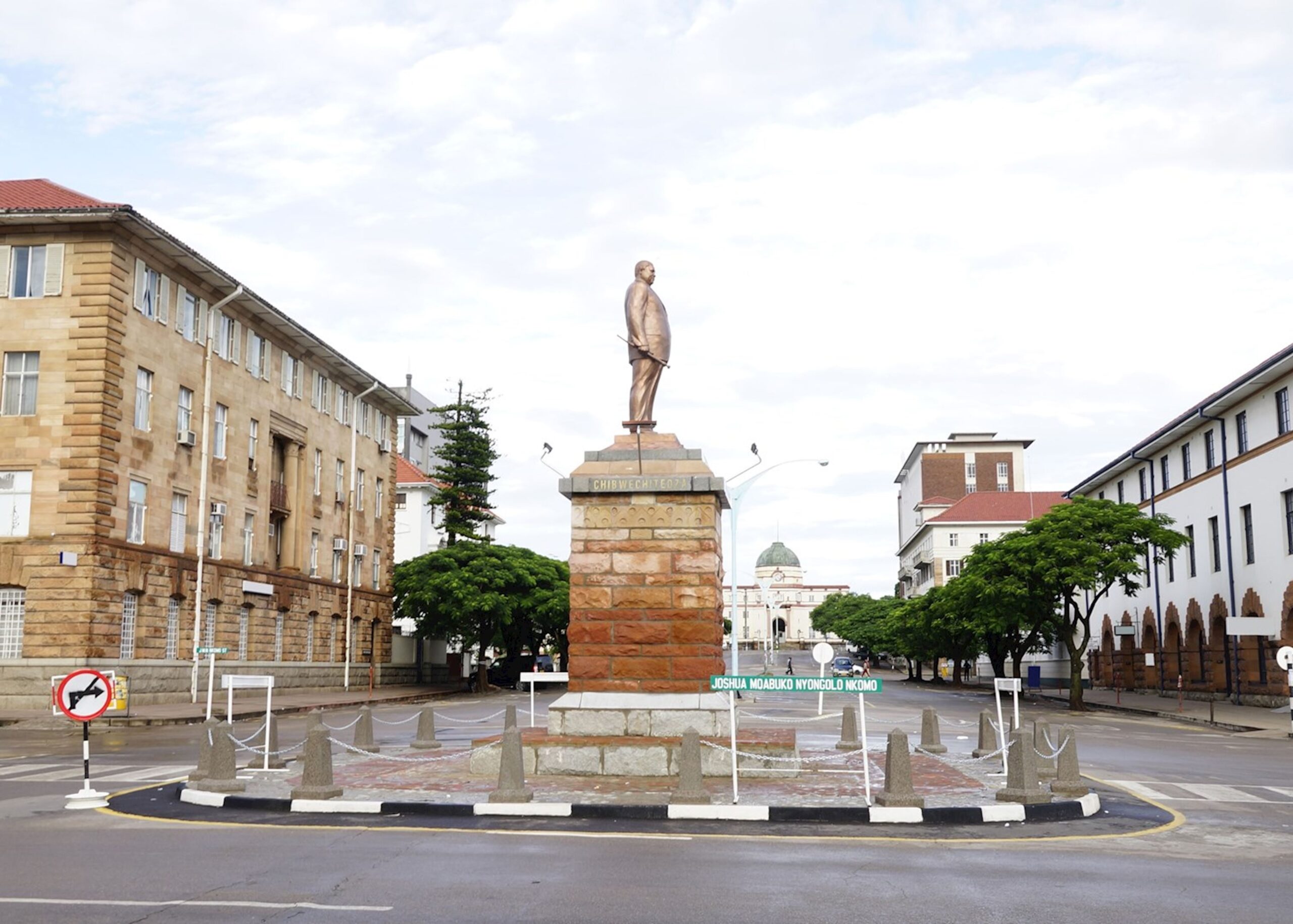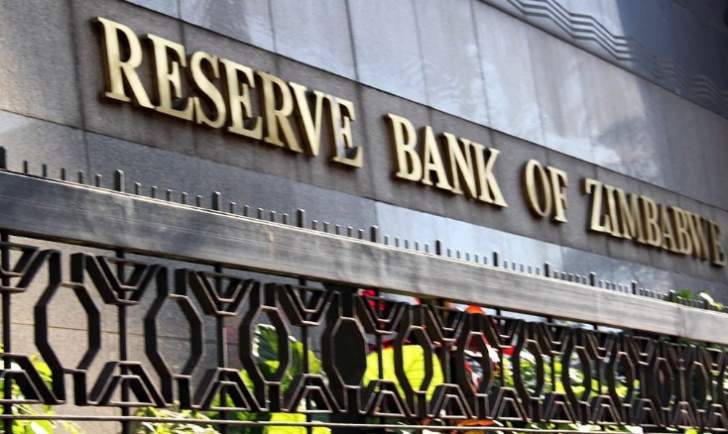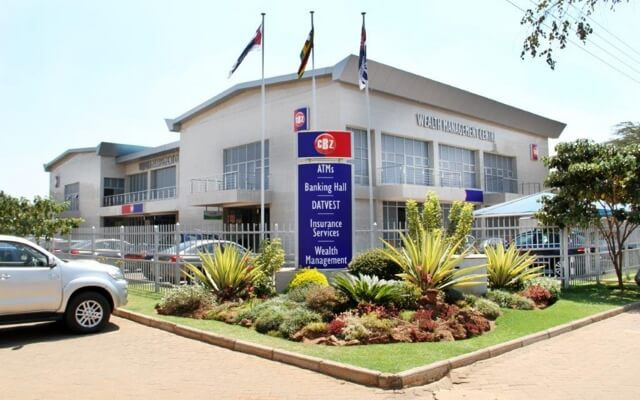CBZ Holdings aiming for US$2 billion in assets by 2028
HARARE – CBZ Holdings aims to significantly expand its balance sheet to US$2 billion by 2028, supported by a solid foundation of US$1.33 billion in assets and US$836.80 million in deposits.
However, realizing this ambitious goal will depend on several critical factors, notably the effective management of liquidity challenges and minimizing reliance on non-interest income for sustainable growth.
To bolster its financial position, CBZ must prioritize improving access to capital through means such as equity financing, debt instruments, and internal capital generation. Additionally, attracting foreign investors or forming strategic partnerships could enhance its capital base, although the prevailing economic and political risks in Zimbabwe pose potential hurdles.
Furthermore, securing long-term, low-cost credit facilities from regional and international financial institutions is essential for driving asset growth. While CBZ’s profitability provides a pathway for self-financing, a cautious approach to dividends may be necessary to retain earnings for future development.
This comes as CBZ delivered a solid financial performance in FY2024, reporting a Profit After Tax (PAT) of US$38.96 million, underpinned by a diversified revenue mix. Non-interest income surged to US$163.22 million, while net interest income stood at US$82.01 million.
Loans contributed 58.9% of the US$97.85 million in total interest income, with Treasury Bills (TBs) and Promissory Notes accounting for 27.4%, as the group focused on lending growth and risk mitigation via government securities.
Despite liquidity constraints and significant client withdrawals, CBZ maintained a strong capital position, closing FY2024 with total assets of US$1.33 billion and equity of US$306.74 million. However, operating expenditure amounted to US$158.44 million, with staff costs consuming 69.6%, highlighting a need for further efficiency improvements. The cost-to-income ratio of 65%, though stable, signals an ongoing drive toward cost optimization.
CBZ Bank, the group’s flagship subsidiary, continued to lead the market in key areas, holding a 21.4% market share in deposits, 17.3% in loans and advances, and 30% of USD POS transactions along with 25% of ZiG transactions. A standout achievement was securing US$93 million in credit lines, boosting liquidity and lending capacity. Additionally, 85% of CBZ Bank’s loan book is now dollarized, aligning with broader market trends and enhancing resilience against local currency fluctuations. Strategically, CBZ Bank migrated to a cloud-based POS system, bolstering stability. The launch of Ziki Mall, a digital banking ecosystem, positioned CBZ as a fintech innovator. However, challenges persist, including liquidity constraints, rising funding costs, and system instability—areas requiring continued strategic focus.
CBZ’s microfinance arm, Redsphere Finance, reclaimed its leading position in Zimbabwe’s MFI sector by Q4 2024. Key drivers included recapitalization efforts and new revenue streams such as invoice discounting, which significantly boosted topline revenue. However, RedSphere faces structural hurdles: heavy reliance on short-term funding, lack of long-term financing options, and intensifying competition. Addressing these challenges will require strategic innovation and diversified funding mechanisms.
AgroYield transformed into a diversified agribusiness, introducing new verticals: commodities trading, mechanization, logistics, and value addition. By H2 2024, the commodities division contributed 6% to profitability. Yet, challenges remain. Funding constraints, private-sector competition, and El Niño-induced climate shocks have tested AgroYield’s resilience. Moreover, late input distribution and side marketing practices further dampened growth potential. Successfully navigating these headwinds will depend on leveraging diversification and optimizing funding models.
CBZ’s Insurance Cluster, comprising CBZ Life, CBZ Insurance, and CBZ Risk Advisory, reported impressive growth. Dollarization of its book rose to 83%, and strategic partnerships—particularly with bank-affiliated products—enhanced client retention. Despite strong performance, liquidity constraints spilling over from the banking sector and delayed recapitalization of short-term insurance pose challenges. Addressing these issues will be critical to sustaining momentum.
The group continues to experience steady growth in revenue with short-term growing by 23% and life business by 2.9%. The claims ratio for both units remained low at 36% and 33% for both units. The Short Term ratio is within the industry average. The Life ratio could have been better were it not for claims related to retrenchments which were driven by the CBZ group retrenchments exercise that recently occurred. This spiked an overall growth in claims of 124%.
CBZ’s Investments Cluster made significant strides in 2024, with key highlights including the Northgate ecosystem’s establishment as a business lead generator, the registration of the Rwanda equity fund signaling regional expansion, and the restructuring of CBZ Properties beyond traditional property administration. However, depressed capital markets, concentrated funds in Zimbabwe, and long advisory gestation periods remain obstacles. The group’s focus on alternative investments and cross-border expansion will be crucial in overcoming these constraints.
CBZ’s significant Treasury Bill (TB) holdings at around US$263 million present both opportunities and risks. TBs contributed US$26.84 million to interest income, securing 27.4% of total interest income. However, heavy TB investments tied up cash, reducing flexibility to expand the loan book. When you compare with a total Expected Credit Losses (ECL) of US$40 million for the whole banking book, it appears there has been nil to negligible allowance for possibility of default through setting ECL provisions for the TB book. Given Zimbabwe’s economic volatility, delayed government payments or currency depreciation could erode TB value. Additionally, a conservative investment approach limits exposure to higher-yielding opportunities in microfinance, agro-finance, and digital banking. The Reserve Bank of Zimbabwe’s (RBZ) heightened statutory reserve requirements (US$125.77 million locked up) further compounds liquidity challenges.
CBZ Holdings has a robust financial base and a clear roadmap to US$2 billion in assets by 2028. However, navigating liquidity pressures, sovereign risk, and regulatory challenges will require strategic agility. Success hinges on capital optimization, technological innovation and regional expansion. The next four years will determine whether CBZ cements its position as Zimbabwe’s leading financial powerhouse—or faces the pitfalls of constrained liquidity and missed opportunities.-finx









